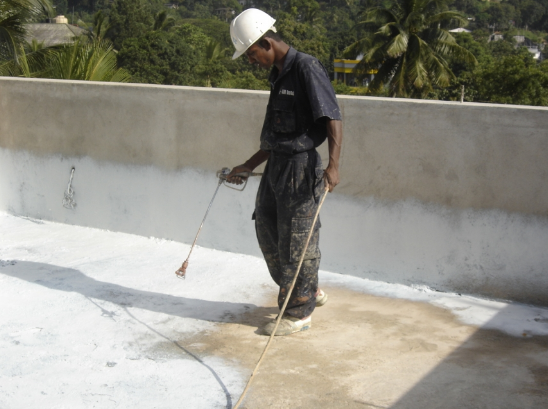For your building to stand the test of time, it is imperative to select the suitable form of waterproofing for it as a way of preventing moisture and humidity from ingressing into its interior, windows, roofing and wall, thus weakening the entire building structural- that would probably result in a failure which may not just call for major renovation, but it could also bring about injury to the people who live in a building. There are various ways buildings are waterproofed. From location to location, the method will differ for the fact that the environmental variables are brought into play to determine which method will make sense. Here are some common methods as much as how and where to apply them to waterproof a building.

Waterproofing
In case you are not quite familiar with what the term waterproofing is, it is used to describe a construction procedure that seeks to make a building or parts of a it resistant to moisture or water ingress so as to protect the inner beauty and robustness of a building structure. It uses coating materials and membranes to make an object water repellant. The process is used in construction to waterproof penetrations such as siding, roofing and foundations. Typically, walls, balconies, decks, green roofs, water tanks swimming pools, basement of structure, bathrooms and kitchen and terrace or roofs are parts of a building which require the application of waterproofing.
Waterproofing Methods
Cementitious waterproofing
This is probably the most common practice of waterproofing application for the fact that it is pretty more convenient compared to other methods. The coating materials which you can get from construction masonry stores are mixed and applied using a pretty slack formula that makes the entire process hassle-free and time saving.
It is applied in building interiors which are not exposed to the external environmental factors such as sunlight and rainfall. It it could be semi-flexible or rigid. And in any ways, it can stand the test of time for the fact that it is not exposed to weathering.
Liquid membrane
This application process uses a thin coating container of top and primer coats. Typically, the thin coating contains well mixed two top coats and one primer coat applied via spraying. Application of liquid membranes is more flexible than than cementitious materials. The membrane blend the coating into with the wall making the effect robust. Two eighty degree is usually the highest point of the elongation. The long-standing ability of this method is determined by the materials or asphalt used to make the membrane.
Bituminous Coating Waterproofing
This coating method is otherwise known as asphalt coating techniques and it is performed based on the polymer grade formation as well as polymerization and fiber reinforcement. It may either serve as a flexible-supportive coat to augment a waterproof or function as an independent waterproofing. Its moisture resisting capacity is factored by the fiber reinforcement and polymer quality.
The materials used for this method are bitumens and polymer which are considered unfit for outdoor areas exposed to weather for the fact that persistent exposure of the materials to sunlight would result in cracks.